Our Approach
Learn about what we do
Low-Dose, High-Frequency Capacity-Building Approach:
An Essential Component of Building Skills
Building the capacity of health care providers to deliver evidence-based, high-quality care is essential to the well-being of communities worldwide. Recent evidence shows that traditional training approaches for in-service learning are less effective at improving and maintaining the skills of providers and have not had the desired effects on health outcomes. The evidence suggests that learning delivered in small doses on the job site to the entire team and that uses hands-on practice, immediate feedback, and ongoing support for performance can improve skills and save lives. To best serve health professionals and communities globally, the Helping Mothers Survive (HMS) Secretariat advocates for the use of this “low-dose, high-frequency” (LDHF) approach to help ensure providers have the required knowledge, skills and confidence to deliver high-quality care.
Blended learning approaches, including the use of performance support tools such as job aids, video demonstrations, or mobile platforms, can reinforce clinical decision-making and engage learners to keep knowledge fresh.
One day of this training is worth more than five days of lectures. Tajik Midwife
What is Low-Dose, High-Frequency?
LDHF is a capacity-building approach that promotes maximum retention of clinical knowledge, skills, and attitudes through short, targeted in-service simulation-based learning activities spaced over time and reinforced with structured, ongoing practice sessions at the workplace. HMS is Jhpiego’s signature example of LDHF for improved maternal and newborn health services. The LDHF approach can be used to support learning for performance across essential clinical and non-clinical areas, including non-communicable diseases, family planning, adolescent health, and more.
The Principles of LDHF Learning
Competency-focused
Learners receive targeted knowledge updates, observe demonstrations, perform clinical simulations, and practice new skills while receiving feedback in order to build competencies.
Simulation and case-based learning
Content delivery should be as brief as possible, with larger emphasis on learning through hands-on simulation, case studies, and other interactive exercises.
Appropriately spaced, brief periods of content delivery
Targeted content and interactive learning activities are delivered in a single day or over several days, and is spaced so that new skills can be practiced and honed before additional skills are taught.
Team-focused and facility-based
By training the entire team at the facility itself, all providers will be onboard with new or updated clinical practice and can work together to implement improvements in care.
Ongoing practice of skills and exposure to content after initial training/exposure
Skills are reinforced through consistent, scheduled practice and emergency drills. Practice sessions are short (15 minutes or less), structured, concrete, problem-focused, and include debriefing.
Facility-based peer staff is essential to facilitating practice
Where there is a designated peer at the facility who can coach practice on simulators or other interactive exercises after learning, practice sessions increase and outcomes improve.
Tracking results
It is important to measure clinical performance and outcomes, where feasible, before beginning an LDHF intervention and as a follow-up assessment to document the effectiveness of the approach and note any gaps in performance.
Changes in service delivery require comprehensive quality improvement efforts
During initial education and ongoing clinical skills practice sessions, the service delivery system can be examined, with gaps noted and addressed with support from clinical supervisors.








